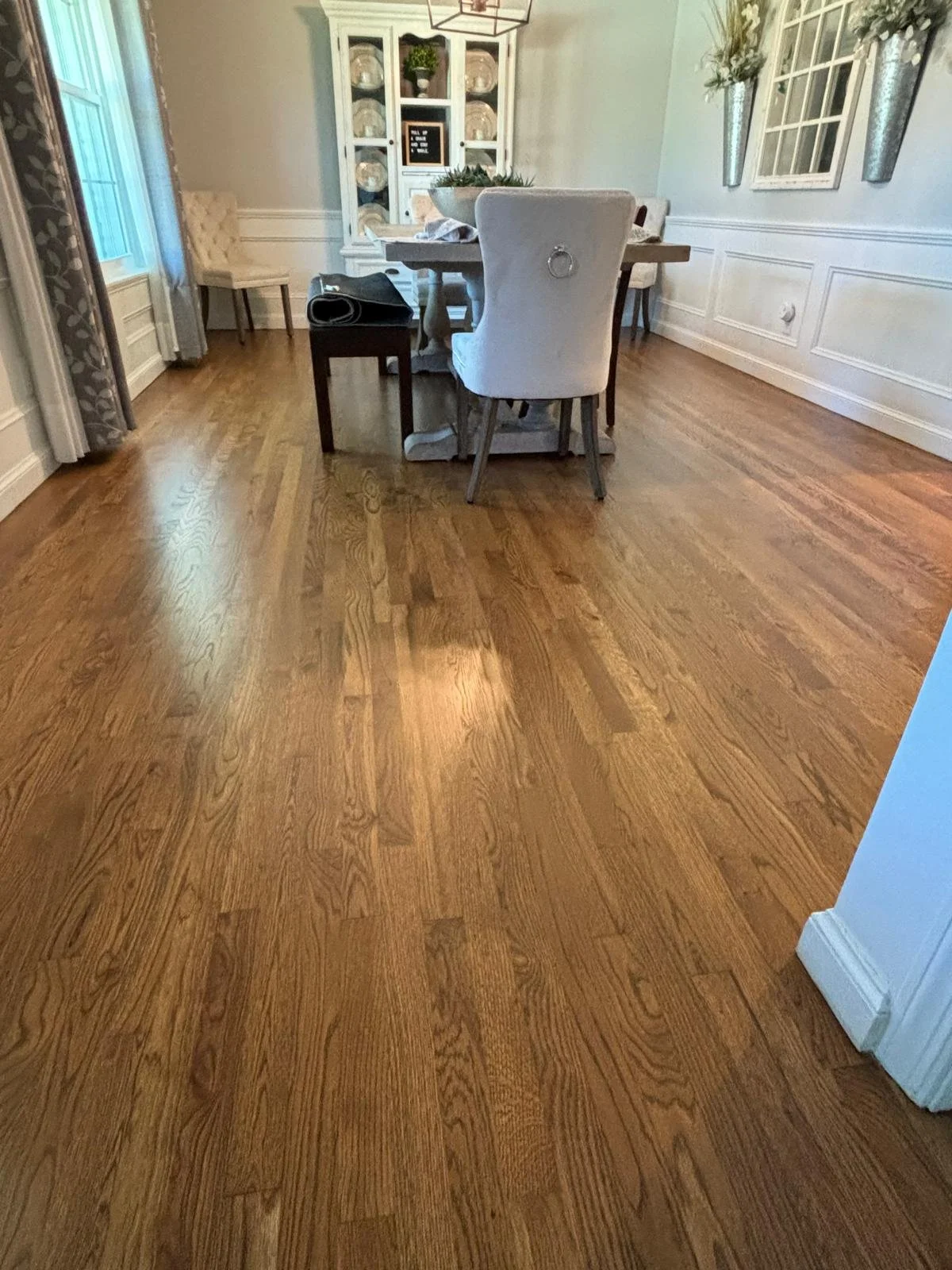By submitting, you authorize First Quality Building to send text messages with appointment information as described in the Privacy Policy. Message/data rates apply.
Flooring Remodels
Upgrading your home's flooring is a popular renovation project that can significantly enhance its aesthetic appeal and functionality. The complexity and cost of adding new flooring depend on various factors, including the type of flooring material chosen (hardwood, laminate, tile, carpet, etc.), the size of the area to be covered, and any necessary subfloor preparations or repairs.
Different flooring materials come with different installation requirements and costs. For example, hardwood flooring may require more labor and expertise compared to laminate or carpet installation. Additionally, if there are existing flooring materials that need to be removed or if there are uneven subfloors that need leveling, these factors can also affect the overall cost and timeline of the project.
It's crucial to work with experienced professionals who can assess your specific needs, recommend suitable flooring options, and ensure proper installation. Professional installers can also help with subfloor preparations, moisture barriers (if needed), and transitions between different flooring materials in adjoining rooms.
By investing in high-quality flooring materials and professional installation, you can transform the look and feel of your home while adding long-term value and durability.
FAQs
-
For high-traffic areas, durable flooring options like porcelain tile, luxury vinyl plank (LVP), or hardwood with a strong finish are recommended. These materials are resistant to wear and tear, spills, and scratches, making them ideal for busy areas of the home.
-
The duration of floor installation varies based on factors such as the type of flooring, the size of the area, and any necessary preparations or repairs. Generally, a standard-sized room can take anywhere from a day to several days for installation, including time for acclimation, preparation, and actual installation.
-
In most cases, existing flooring such as carpet, tile, or laminate needs to be removed before installing new flooring. This ensures a smooth and level surface for the new flooring material. However, professional installers will assess the condition of the existing floor and advise on whether removal is necessary.
-
Maintenance requirements vary depending on the type of flooring. Hardwood floors may need periodic refinishing and resealing, while tile floors may require regular grout cleaning and sealing. Luxury vinyl plank (LVP) and laminate floors are relatively low-maintenance and can be cleaned with a damp mop. It's essential to follow manufacturer guidelines and use appropriate cleaning products to preserve the beauty and longevity of your flooring.





